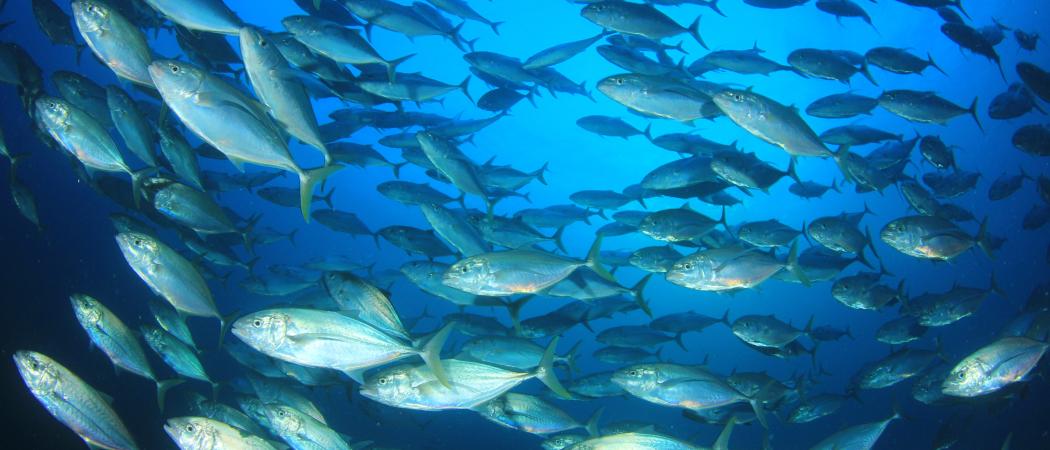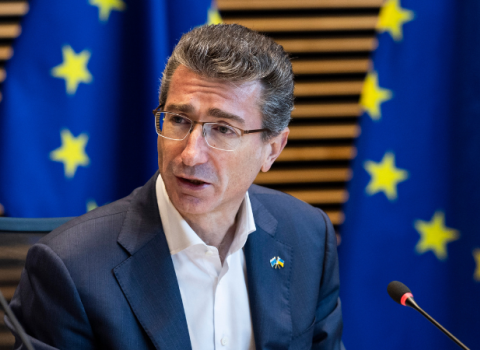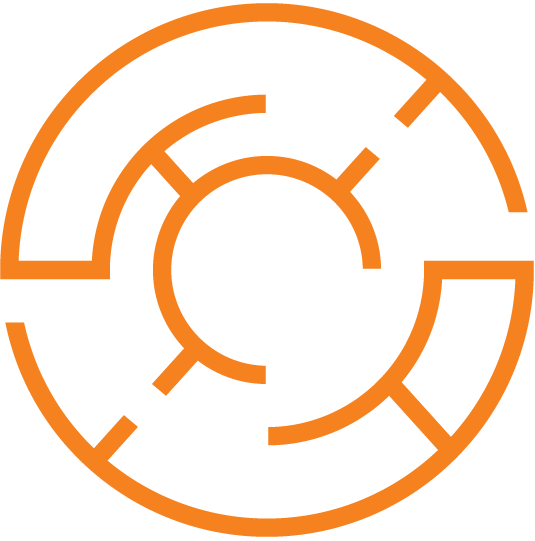Global Fisheries Atlas offers the first comprehensive view of marine resources worldwide

The Global Fisheries Atlas (GFA) enables researchers to check and assess the state of stocks and fisheries worldwide. Developed by FAO (Food and Agriculture Organization of the UN), IRD (French National Research Institute) and FORTH (Foundation for Research and Technology), the Atlas is designed to support informed decision-making and management of fisheries resources.
“We need the Global Fisheries Atlas because we need to feed the world,” says Julien Barde, an IT research engineer at IRD and one of the main developers of the GFA. “It is a global food security issue.” Indeed, as aquatic animal foods supply 15 percent of animal proteins worldwide, according to the FAO, it is crucial to understand if and how using marine resources remains sustainable.
Standardising data across different countries
“There is a huge demand from consumers to understand where their food comes from,” adds Anton Ellenbroek, a GFA developer from FAO. “There are big concerns related to food production and fisheries, but to answer if what people eat is healthy and sustainable, we need clear and traceable information.”
Which is where the GFA comes in. It brings together data from countries all over the world to create a global overview, which is updated continuously. And this is no small feat, explains Barde. “While it is mandatory for countries to report data about fisheries and catches to their regional fishery organisations, the data is not reported in the same way everywhere.”
This data heterogeneity can cause quite a challenge. “In order to get a global overview, we need data standardisation,” notes Barde. “Which is what we do. We standardise the data reported by individual countries to regional organisations.”
“We have forged and adopted an international standard for data reporting,” adds Marc Taconet, team leader information and knowledge management at FAO’s Fisheries and Aquaculture Division. “The GFA is very innovative in that sense. It is a spearheading example of the efficiency of data sharing agreements based on standards.”
Following open science principles
One of the goals behind the Global Fisheries Atlas is to promote digital innovation and to facilitate countries in data collection, analysis and reporting in general, continues Taconet. “We wanted to provide a means to understand patterns in stocks and species production variability over time. Once this data and analysis is available, it can help develop policies.”
Thanks to the financial support and infrastructure provided by the Blue-Cloud 2026 project, the FAIR-compliant Global Fisheries Atlas is now up and running – and available to all. It is based on open science principles, meaning data and code are as transparent as possible, with datasets accessible on Zenodo for free.
The Global Fisheries Atlas combines a Global Record of Stocks and Fisheries (GRSF) and the Global Tuna Atlas, which has been in development for over two decades. “The Global Fisheries Atlas started with the Global Tuna Atlas with the goal to include any and all fisheries in the future,” says Barde, explaining that tuna was chosen because it is a migratory global species fished nearly everywhere on the planet.
Supporting sustainable management
Now, the GFA covers a large variety of important global species and allows users to monitor catches in a specified region or country. While the datasets can be used for many different purposes, FAO notably applies the data to help countries with fisheries information management.
“FAO’s main target is to feed the world,” says Ellenbroek. “We therefore use the GFA data to help improve fisheries in specific countries, because, in order to help and improve, the first step is always to understand the state of the stocks and how much fish is caught. You can only manage what you can measure.”
The Global Fisheries Atlas is of interest to NGOs and the broad scientific community, as well as decision-makers. It provides quality data that can be used for any type of study. For example, scientists can use it to create projections on different climate change scenarios and to understand how to better protect vulnerable species. “It can help us better understand where our fish comes from today and what the future holds,” adds Ellenbroek.
The GFA developers believe that the worldwide overview can have a major scientific and societal impact. “If we manage to have a policy ensuring that all fish should come from sustainable sources,” says Ellenbroek, “fisheries can make a huge contribution to sustainable oceans and to the protection of the environment.”





 A unique international forum for public research organisations and companies to connect their external engagement with strategic interests around their R&D system.
A unique international forum for public research organisations and companies to connect their external engagement with strategic interests around their R&D system.